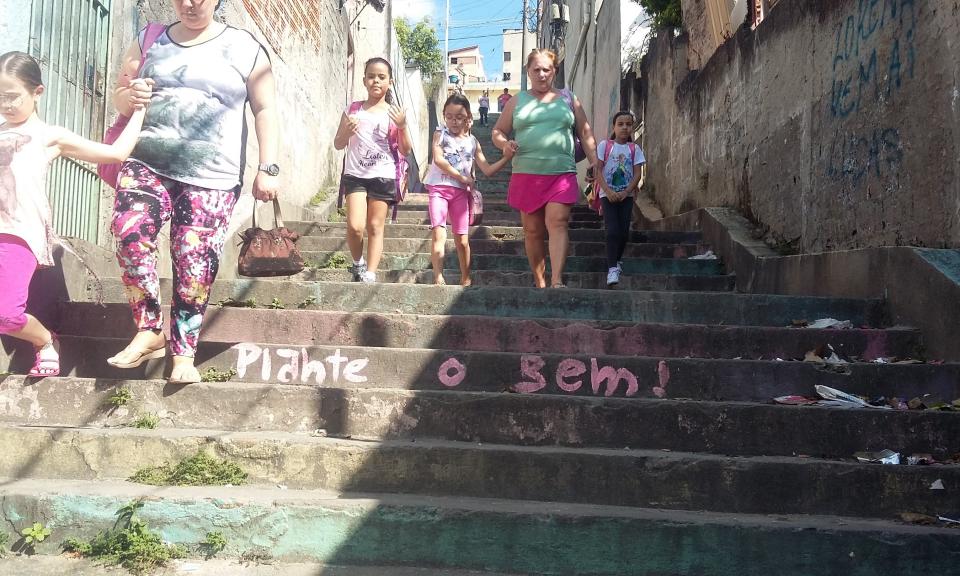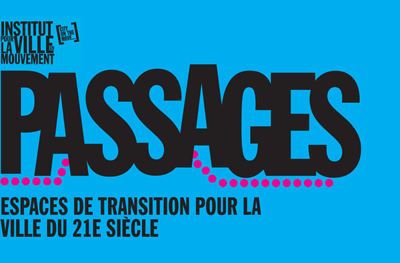SÃO PAULO : passages of Jardim Ângela
São Paolo, Towards a New Generation of Brt?
A cidade de São Paulo está comprometida com um grande programa de desenvolvimento de novas linhas e extensões de BRT (sigla de Bus Rapid Transit – transporte rápido por ônibus). Os corredores de BRT, que são uma barreira física, mas ao mesmo tempo simbólica, devem ser vistos também como uma oportunidade para desenvolver novos espaços públicos que facilitem o movimento, e também acolham atividades sociais e econômicas. Deve haver uma articulação eficaz para melhorar a urbanidade vigente e inventar novos modelos de mobilidade urbana, no qual as estações deixem de ser apenas “estações”, para se tornarem verdadeiros pontos de encontro na cidade. – See more at: http://cidadeemmovimento.org/com-trabalho-piloto-ivm-promove-estudos-para-melhorar-passagens-do-jardim-angela/#sthash.Uoz87X6E.dpuf
Passages Programme in Jardim Angela
Studies and consultation with residents about existing and potential passages in specific areas of Jardim Angela, followed by a profesional workshop with local and international experts in partnership with universities and NGOs, to produce a kind of recommendations guide for the new generation of BRT.
Mind the Step/Olha o degrau: study conducted by the collective Active City of strategic staircases aiming to map the existing stairs in the region; production of qualitative and quantitative data on these spaces and their uses by the population; facilitating and encouraging mobility walk in the region by improving the quality of the stairs that are the most used by the population; testing design solutions and encouraging the transformation of other staircases by government and / or community initiatives; promoting dialogue and engaging the community in the design process – synthesis of the study and more information
Way to school/Caminho Escolar: A study conducted by the architect and urban planner Irene Quintans on the relationship territory / mobility / school. The way t oschool, which includes home and school, crossing the neighborhood, aims to encourage student autonomy in their mobility, guaranteeing the rights of children and young people to the city. This study aims to understand the different ways of pupils, trace a student’ or professor’s behavior profile while walking or cycling and incorporate the theme of mobility and right to the city as content or teaching strategy
Set of recommandations: in November 2015 will take place a International workshop and seminar focused on the theme of access to BRT. From the studysite of Jardim Angela district, international experts, from France, Spain, Colombia, Chile and Argentina, will work in partnership with local professionals to discuss the place of the pedestrian in the BRT design and produce a set of recommendations “Passages and public space of mobility around the BRT”, dealing with forms and quality of access. In partnership with SP Obras and the University of Mackenzie.
And also, a collaborative observatory of Brazilan passages: take part
Photos credits: Irene Quintans, Caminho Escolar


